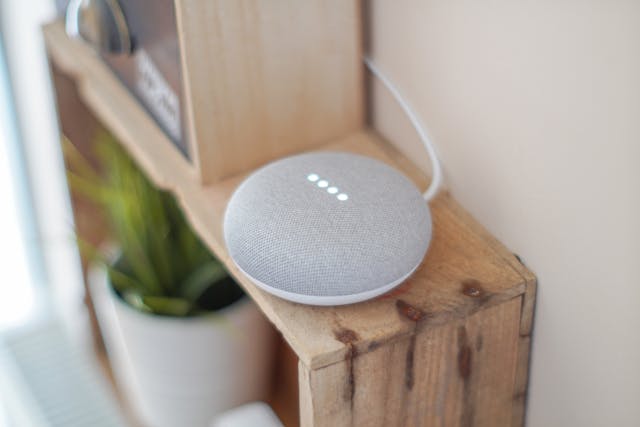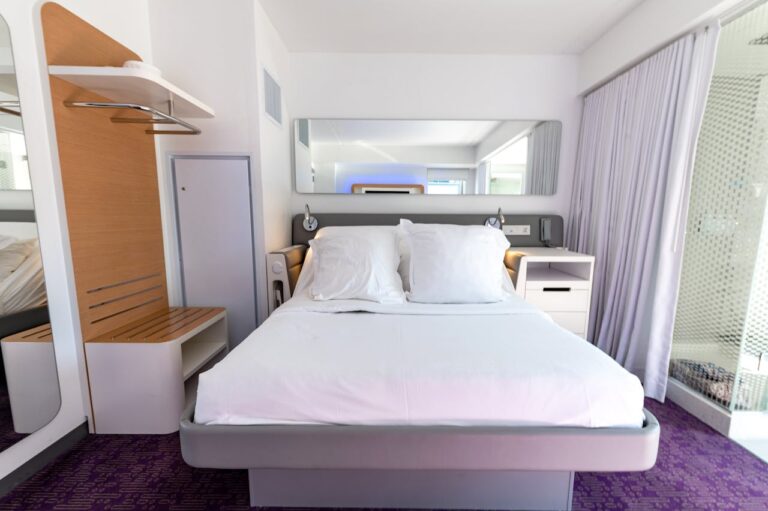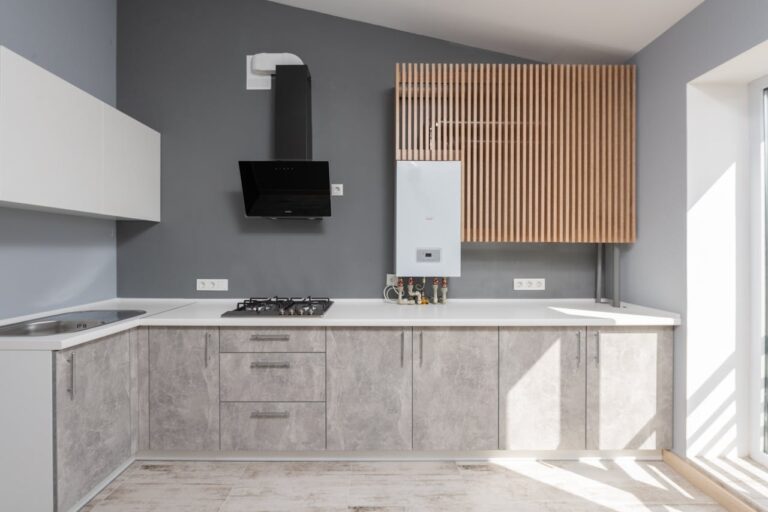
Transforming your home with smart technology isn’t just about impressing guests or enjoying hands-free convenience—it’s a powerful way to manage utility expenses month after month. As energy costs continue to rise and households seek ways to maximize their budgets, strategic smart home upgrades can help you carefully monitor and automate your home’s energy use while protecting it from costly damage and maximizing long-term value. Making informed choices can enhance efficiency and keep your electric bill low while reaping added comforts, peace of mind, and security. Each technology brings modern convenience and opens opportunities for tangible savings, transforming how you manage your living space.
From programmable thermostats that intelligently heat and cool your home, to app-controlled lighting and smart appliances, even small changes can result in meaningful financial benefits over time, notes Keyrenter Richmond Management Solutions.
Smart Thermostats
Heating and cooling typically account for nearly half of household energy use, making this an area ripe for savings. Traditional thermostats are limited—they require manual adjustments and can’t anticipate your family’s comings and goings. Smart thermostats, on the other hand, use sensors, machine learning, and even location tracking to control your climate based on your habits and preferences precisely.
Installation is typically simple, and the intuitive user interfaces allow you to make quick adjustments from anywhere using your smartphone. With energy reporting and integration with other smart home devices, optimizing your comfort while keeping costs down becomes easy. Homeowners usually notice a drop in their bills within the first month, and the convenience of never having to remember to turn down the heat or air conditioning makes this an upgrade with immediate impact.
LED Smart Bulbs
Home lighting is a major contributor to energy consumption, especially if lights are routinely left on in empty rooms. LED smart bulbs solve this problem with remarkable efficiency, using up to 80% less energy than traditional incandescent bulbs and lasting as much as 25 times longer. Smart bulbs offer features like automated schedules, dimming, color changes, and remote controls through mobile apps or voice assistants.
This makes it easy to switch off lights from anywhere and set custom lighting routines to suit your lifestyle. Over time, the cumulative savings from every bulb add up, especially in large homes or families with children prone to leaving lights on. The upfront investment pays for itself many times over, while the enhanced flexibility and ambiance options help modernize your home’s look.
Smart Power Strips
When electronics silently draw power in standby mode, the hidden cost of “phantom loads” can account for as much as 10% of your total energy usage. Smart power strips are designed to address this waste, automatically cutting the flow of electricity to devices once they’re idle or switch off. This is ideal for entertainment centers, home office setups, and charging stations where numerous devices are plugged in around the clock.
Over months and years, preventing your TV, game consoles, printers, and chargers from leeching electricity can result in noticeable savings. Moreover, some smart strips can be programmed to operate on timers, set schedules, or even respond to voice commands, offering convenience and extra security when you’re away.
Water Leak Detectors
Water leaks—whether from a burst pipe, faulty appliance, or even a simple drip—can cause thousands of dollars in damage if left undetected. They also waste a valuable resource, adding unnecessary expense to your water bill. Smart water leak detectors provide round-the-clock monitoring and instant notifications to your phone or email should moisture be detected near vulnerable areas like water heaters, under sinks, or in basements. Some models shut down your water supply automatically if a leak is detected, offering additional peace of mind when you’re away from home or traveling. In the long run, this kind of prevention pays for itself the first time it intervenes before a disaster occurs.
Smart Irrigation Systems
Landscaping can significantly contribute to your water bill, especially in hot or arid climates. Smart irrigation systems revolutionize garden maintenance by using weather forecasts, soil sensors, and intelligent scheduling to water only when your lawn and plants truly need it. These systems eliminate overwatering, which saves money and benefits the environment by conserving water.
You can control your irrigation from a smartphone app, pausing watering during rain or customizing schedules for specific zones of your property. Some models even provide analytics to help optimize your outdoor water use. Over time, the reduction in waste makes this upgrade significant for any homeowner who takes pride in their yard yet wants to control costs.
Smart Window Shades
Managing sunlight is just as important as adjusting your thermostat to regulate indoor temperatures and minimize energy use. Smart window shades or blinds can be scheduled to open or close at optimal times of day. During hot summer afternoons, shades automatically descend to block out solar heat, keeping rooms cool and reducing the need for air conditioning. In winter, they can open to allow natural warmth and sunlight to pour in, leveraging nature’s free energy before automatically shutting at night to conserve warmth.
This smart automation can help harmonize your indoor environment, reduce reliance on heating and cooling systems, and prolong the life of your furnishings by preventing sun damage. The convenience of remote or voice control adds a sophisticated touch that complements any smart home ecosystem.
Smart Security Systems
Modern smart security systems combine video doorbells, motion detectors, alarms, and smart locks into easy-to-deploy packages you can monitor from anywhere. By enabling proactive monitoring, these systems can deter break-ins and alert you instantly if anything seems amiss. Many insurance companies will lower your premiums for a home equipped with integrated smart security features, as the risk of burglary, fire, or water damage is reduced. Over time, insurance savings alone can offset the upfront investment. The systems also offer unparalleled peace of mind, whether at work or on vacation, making security an essential part of a cost-saving smart home strategy.
Smart Appliances
Today’s smart appliances—refrigerators, washing machines, ovens, and dishwashers—are designed to make life easier while using less energy and resources. Many can detect when they’re full, schedule cycles for off-peak electrical hours, and run diagnostics that identify issues before they become costly breakdowns. Certain smart refrigerators can manage grocery inventories and notify you of expiring items, helping to minimize waste. Smart washing machines monitor load sizes and adjust water and detergent use accordingly. These devices save money and help you be more environmentally conscious. Over the lifespan of each appliance, the efficiency gains and preventative maintenance alerts lead to substantial household savings.
Key Takeaways:
- Smart technology can significantly reduce utility costs, especially for heating, cooling, lighting, and water use.
- Automation and remote control features make it easy to optimize efficiency and comfort, even when away from home.
- Prevention devices like leak detectors and security systems offer significant potential savings by avoiding unexpected damage and lowering insurance costs.
- Every upgrade, no matter how small, reduces household expenses while improving quality of life.
Also Read: Smart Home Comfort: AC Repair St Petersburg FL & Electrical
Conclusion: Smart Home Upgrades
Integrating smart home technology doesn’t just elevate your day-to-day living—it’s a strategic way to reduce recurring expenses and prevent unexpected costs. With so many options on the market, it’s important to prioritize upgrades that align with your household habits, needs, and budget. Whether starting with a smart thermostat, replacing bulbs with LEDs, or making bigger changes like upgrading appliances or security, each move contributes to real savings over time. Start small, evaluate your benefits, and expand as budget allows. Every step forward not only adds convenience but also invests in a safer, more efficient, and cost-effective home.








